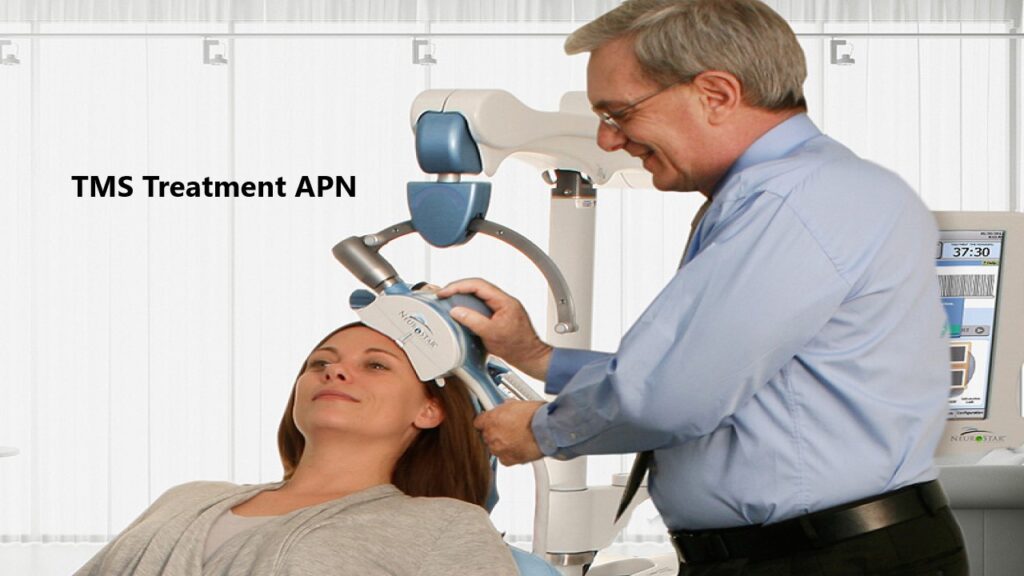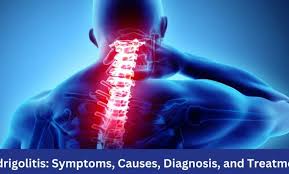Introduction to Andrigolitis

It is not an everyday term, but Andrigolitis is a significant understanding for the people affected by it. People who have this illness undergo enormous difficulties every day in their lives, and they hate it very much. As the awareness increases, so does the importance of effective diagnostic and therapeutic strategies.
Finding your way through the intricacies of Andrigolitis begins with early symptom recognition and selecting appropriate care options. This guide will give you vital information on dealing with andrigolitis by providing insights to help you or others showing signs of this condition. This paper will examine some proven strategies that can result in better control and improved quality of life.
Understanding the Symptoms of Andrigolitis

The symptoms of Andrigolitis are highly variable and differ significantly among people. These include constant tiredness, which can make you feel weak and unable to do anything.
You may also suffer from unexpected dull aches all over your body. Subsequently, these pains can impact your daily activities and overall quality of life.
Another vital sign is intermittent bouts of fever that appear randomly for no apparent reason. The condition is further confounded by its fluctuating temperature.
Moreover, gastrointestinal symptoms such as nausea or changes in appetite are commonly associated with Andrigolitis sufferers. Consequently, these signs may disrupt eating habits.
Mental health consequences must also be attended to; fear or sadness may become co-occurring factors, with physical manifestations producing intricate challenges for patients grappling with this disorder. In turn, early identification of these symptoms can call for better management approaches in future.
Diagnosis Techniques for Andrigolitis
Care should be taken when diagnosing Andrigolitis. Typically, medical professionals start with a detailed patient history and symptom evaluation. It can supply essential hints about the time of onset.
Physical examinations follow closely. Physicians search for specialised indications that Andrigolitis is present in the body. These observations reduce possible causes and set further investigations accordingly.
Doctors can see abnormalities in the affected areas using imaging methodologies like MRIs or ultrasounds. Additionally, blood tests could be helpful to check for inflammation or infection.
For this reason, sometimes physicians perform biopsies to get samples of tissues. It confirms the diagnosis and rules out other conditions that may mimic Andrigolitis’ symptoms.
Every case is different, and therefore, personalised diagnostic measures are necessary to identify and plan for effective treatment strategies accurately.
Treatment Options for Andrigolitis
Depending on the severity and underlying causes, several treatment options are available for andrigolitis. For this reason, medicines play a vital role in treatment. While OTC pain relievers can manage discomfort, more severe cases may require prescription medications.
Physical therapy is beneficial in some cases. It involves targeted exercises that improve mobility and strengthen muscles around the affected joint.
Lifestyle modifications are available for patients with chronic conditions linked to andrigolitis. These may involve dietary changes or increased physical activity according to individual needs.
These therapies occur as alternatives. Acupuncture or herbal remedies have become popular among people who seek holistic approaches.
Surgery could be considered a last option in rare instances where conservative methods fail. Consultation with healthcare providers ensures personalised treatment plans and the best patient outcomes.
Self-Care Tips for Managing Andrigolitis
If you learn how to manage Andrigolitis at home, you can significantly improve your comfort and recovery. First, incorporate soft exercises that are manageable into your daily routine. For example, walking or yoga boosts blood circulation without stressing various body parts.
Hydration is essential. Drinking enough water helps flush out toxins from the body, supporting general health. Aim for 8 glasses each day.
Consider recording all your symptoms in a notebook. This record helps reveal the consistency of specific symptoms, thus speeding up conversations with doctors.
Anxiety and depression can be reduced while still experiencing relaxation by engaging in mindful activities like meditation or deep-breathing exercises. Your body will start to experience these changes after only five minutes daily.
Make peaceful sleep that nurtures healing your priority. This includes ensuring calmness during bedtime so one can get enough hours to rest well and be renewed every morning when they wake up.
Prevention Measures for
Preventing andrigolitis starts with leading a healthy life. A healthy diet containing the necessary vitamins and minerals makes you less likely to fall ill.
Exercise regularly is also crucial. Practising physical activities enables you to maintain a fit body for better health. Most days, do at least 30 minutes of moderate exercise.
Besides this, hygiene plays a significant part in preventing it, too. Frequently wash your hands and stay away from sick people. Just by doing this simple act, the chances of transmission can be significantly reduced.
Moreover, being hydrated assists in maintaining optimal bodily functions. To help your body system, take enough water during the day.
Regular checks with doctors make it possible to detect problems that may arise from Androglottis early enough to tackle them as soon as possible when they become necessary.
Conclusion
Though lesser known, andrigolitis can have significant impacts on sufferers. To effectively handle this condition, it is essential to understand its symptoms and receive a timely diagnosis. Advancements in medical procedures have made it easier to diagnose Andrigolitis than ever before.
There are many options available for individualised treatment. This might be a better option for anyone not wanting more severe cases. It may also appear that this is possible by introducing such self-help practices in one’s everyday routine, as they can help deal with symptoms and eventually improve the overall life perspective.
Prevention is also crucial in reducing the risk of developing or worsening Andrigolitis. Awareness of possible triggers and a healthy lifestyle help individuals safeguard themselves against this disease.
Living with Andrigolitis can be easy if you know how to deal with it using proper knowledge and strategies. Awareness and education empower those affected by it, helping them navigate health matters confidently.
FAQs:
Q: What is andrigolitis?
A: Andrigolitis is a condition characterised by symptoms like fatigue, aches, and intermittent fever, which can affect daily life and overall well-being.
Q: What are the common symptoms of andrigolitis?
A: Common symptoms of andrigolitis include constant tiredness, dull aches, fever, nausea, and changes in appetite.
Q: How is andrigolitis diagnosed?
A: Andrigolitis is typically diagnosed after a complete patient history, detailed examination, imaging tests, and, in some cases, biopsies.
Q: What treatment options are available for andrigolitis?
A: Andrigolitis may be treated with medication, physiotherapy, lifestyle changes, or surgery in rare cases.
Q: How can physical therapy help with andrigolitis?
A: Physical therapy can improve mobility and strengthen muscles around affected areas, helping manage andrigolitis symptoms.
